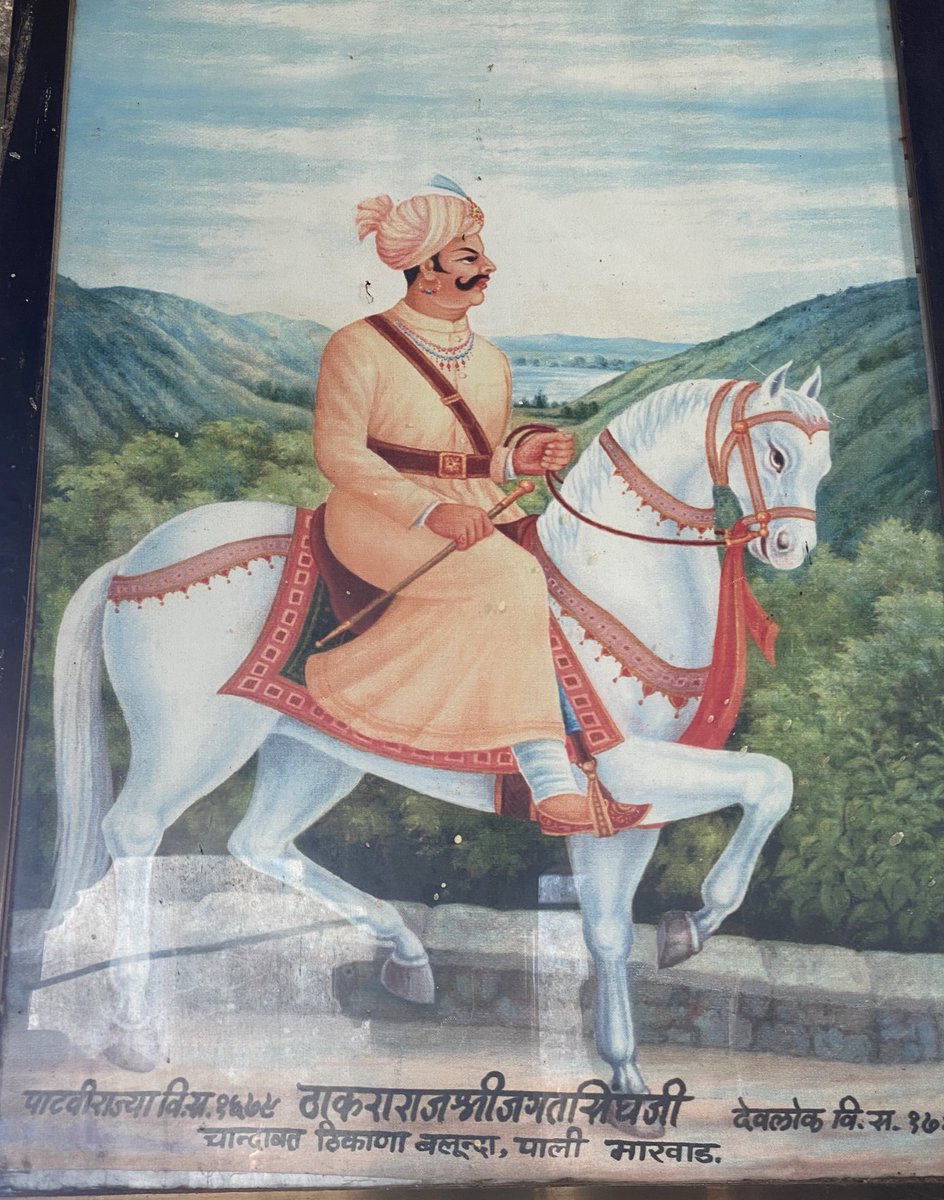
Kumbhalgarh fort is famous as the fort with longest wall in India, containing many Hindu and Jain temples. But what many miss to notice that this fort also has large number of water bodies constructed within its walls. 
https://twitter.com/thebetterindia/status/1416304035301269505

These water bodies are located at different locations, in forms of Baoris, dams, tanks and wells to collect as much water as possible. There are over 10 dams and more than 20 baoris in and around the fort, apart from wells and tanks.
Dams are built one after another at narrow valley with huge stone walls, catching overflow of upper dam into lower dam.
Length of dams gradually reduces with the downward slope of the valley.
Badva Bandh - located at downward slope of Ram Pol, it has the largest catchment area.
Length of dams gradually reduces with the downward slope of the valley.
Badva Bandh - located at downward slope of Ram Pol, it has the largest catchment area.

The other one is Chipola Bandh, Phootiya Bandh and Dudhla Talab. Two smaller dams are on the downward slope of Juna Bhilwara village.
(L) 2 of the big dams and Rana Baori.
(R) Dam below Badva Bandh.

(L) 2 of the big dams and Rana Baori.
(R) Dam below Badva Bandh.


Stone steps are provided from top to bottom of the walls of dam, arhat (Persian wheel) was also placed at many places to lift water.
(L): Second big dam and its catchment area
(R): Mamadeo Kund and well, this kund also gets the overflow of the second dam.

(L): Second big dam and its catchment area
(R): Mamadeo Kund and well, this kund also gets the overflow of the second dam.


Water tanks were built to store rain water.
A huge rectangular water tank is near the birth place of Maharana Pratap for storing rain water.
A huge rectangular water tank is near the birth place of Maharana Pratap for storing rain water.

Baoris or step-wells were regular source of supply of water. These are built by cutting rocks with landing from the sides and provisions for lifting water have been made through Persian wheel system.
Baori
Baori

Langan Baori, also known as Kali Baori is just below palace-complex on steep slope exclusively meant for the royal family.
Gate to baori. Water was lifted to the palace on top of the hill from baori through Persian wheel system installed at different stages.
Gate to baori. Water was lifted to the palace on top of the hill from baori through Persian wheel system installed at different stages.

Many of these water bodies are still used by residents of the fort.
Baori and Dam towards Danni watta gate.

Baori and Dam towards Danni watta gate.


• • •
Missing some Tweet in this thread? You can try to
force a refresh













